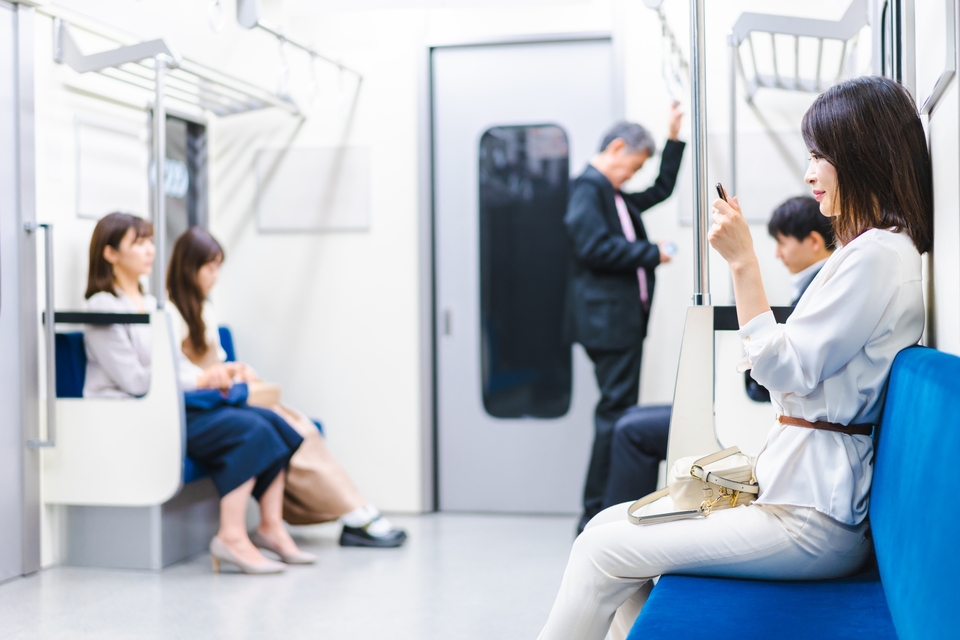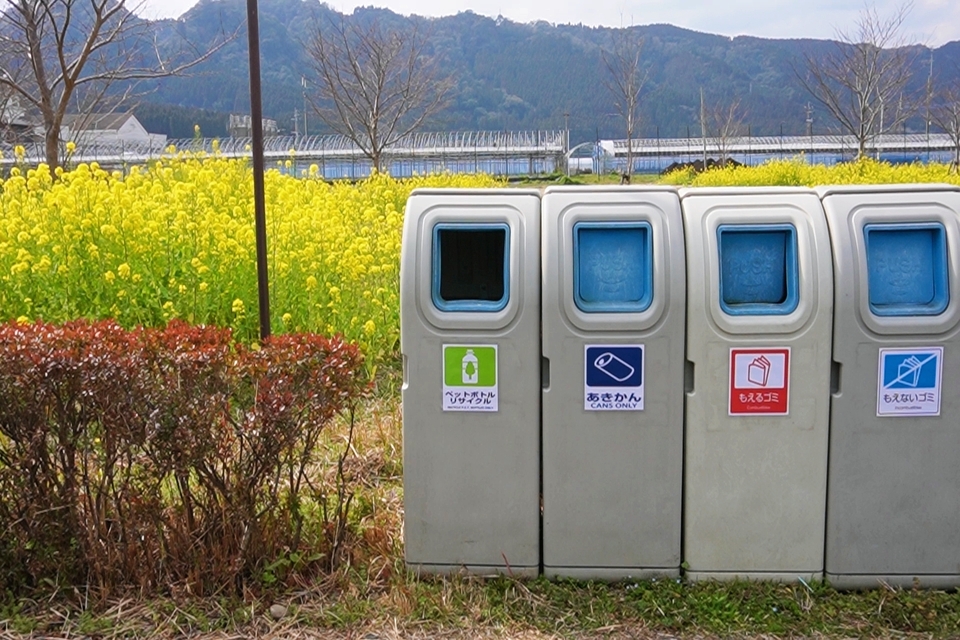
The Importance of Respect in Japanese Culture

Japan’s culture is built on the cornerstone of respect, influencing daily interactions, traditions, and social behavior. For international visitors, understanding these customs can transform their travel experience, creating deeper connections with locals and ensuring smoother interactions. From the art of bowing to table manners, learning about Japanese etiquette showcases cultural awareness and fosters goodwill.
Bowing: The Universal Language of Respect

Understanding Different Types of Bows
Bowing in Japan is more than just a gesture—it’s a cultural language. Visitors should familiarize themselves with three primary types.
The list format does not effectively illustrate the differences between bowing styles:
| Type | Angle | Usage | Example Scenario |
|---|---|---|---|
| Eshaku (Casual Bow) | 15° | Casual greeting | 👋 Light bow when passing by a friend or colleague |
| Keirei (Respectful Bow) | 30° | Showing respect to superiors | 🏢 Used in business settings or when greeting customers |
| Saikeirei (Deepest Bow) | 45° | Expressing deep apology or gratitude | 🙇♂️ Used for serious apologies or showing deep appreciation |
When and Where to Bow
Bowing is not limited to personal greetings. It is also a way to express respect in religious or ceremonial settings. For example:
- At shrines and temples: Bowing shows reverence to the deities or the sacred space.
- In business and formal ceremonies: A proper bow demonstrates professionalism and humility.
For travelers, observing and mimicking locals in these contexts is a great way to learn.
Dining Etiquette: Navigating Japan’s Culinary Traditions

Proper Use of Chopsticks
Chopsticks are central to Japanese dining, and improper use can inadvertently offend. Common mistakes to avoid include:
🚫 Common Chopstick Mistakes (Avoid These)
- Sticking chopsticks upright in rice (Symbolizes an offering to the deceased)
- Pointing at people with chopsticks (Considered rude)
- Passing food from chopsticks to chopsticks (Resembles a funeral ritual)
✅ Correct Chopstick Etiquette
- Place chopsticks on the chopstick rest when not in use
- Use serving chopsticks when sharing food
Essential Phrases for Dining
Using Japanese dining phrases can elevate the dining experience:

Itadakimasu
“I humbly receive.” (Said before eating to express gratitude for the meal.)

Gochisousama deshita
“Thank you for the feast.” (Said after finishing the meal to show appreciation.)
Practicing these phrases not only demonstrates respect but also delights locals, enhancing cultural connections.
Public Behavior: Etiquette in Shared Spaces

Observing Silence in Public
Public transportation and shared spaces in Japan are known for their quiet and orderly nature. Travelers should:
- Avoid making loud noises or phone calls on trains.
- Use headphones when listening to music.
- Be mindful of personal space, especially during rush hours.
This practice reflects Japan’s cultural value of wa_ (harmony), contributing to a peaceful environment.
Managing Waste Disposal

Japan’s waste disposal system is unique and environmentally focused. Travelers should note:
| Waste Type | Description |
|---|---|
| Burnable Waste | Paper, food scraps, fabric |
| Plastic Waste | PET bottles, plastic wrappers |
| Non-Burnable Waste | Cans, glass bottles, batteries, metal objects |
Visitors can prepare by carrying a small bag for their trash, reflecting respect for local environmental practices.
Escalator Etiquette in Japan
Japan has an unspoken rule when using escalators: always stand on one side and leave the other side open for those in a hurry. However, the rule differs depending on the region:
| Region | Standing Side | Walking Side |
|---|---|---|
| Tokyo & Eastern Japan | Stand on the left | Walk on the right |
| Osaka & Western Japan | Stand on the right | Walk on the left |
✅ Key Etiquette Tips:
- If you are in a hurry, walk on the designated side.
- If you are standing, keep to one side and avoid blocking the passage.
- Some areas (e.g., airports, train stations) ask people to stand on both sides for safety.
Embracing Japanese Etiquette for a Memorable Journey

By embracing Japanese etiquette, foreign visitors can immerse themselves in the country’s culture while showing respect for its traditions. From perfecting the bow to following dining and public behavior norms, these practices not only enhance personal experiences but also leave a positive impression on locals.
Whether it’s your first trip to Japan or a return visit, understanding and practicing these customs ensures a memorable and meaningful journey. With this guide, you’ll navigate Japan like a seasoned traveler while building cultural bridges that transcend language.


30s, freelance interpreter, translator, and writer. A mother of one. Born in Tokyo to a mix of Japanese, Taiwanese, and American heritage. Developed an interest in intercultural communication from the experience of teaching Japanese language and culture to her mother from Taiwan.





